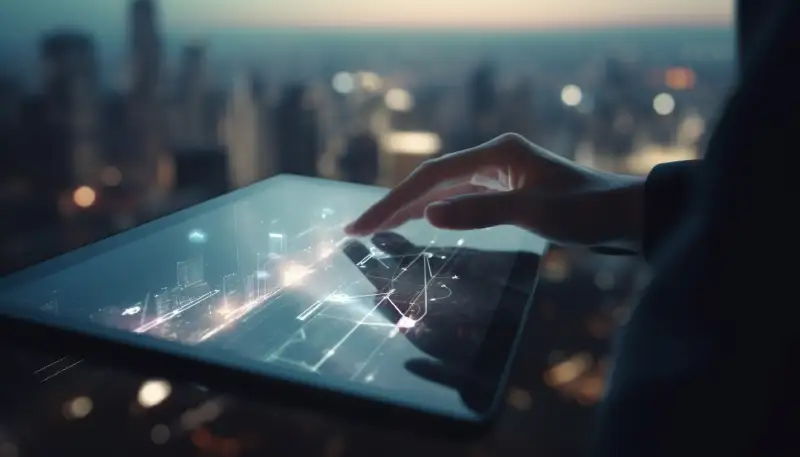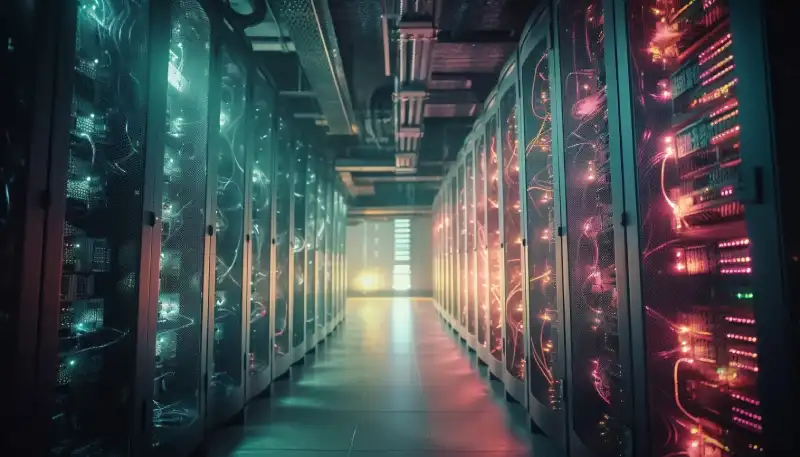Author: Malavika Madgula
Malavika Madgula is a writer and coffee lover from Mumbai, India, with a post-graduate degree in finance and an interest in the world. She can usually be found reading dystopian fiction cover to cover. Currently, she works as a travel content writer and hopes to write her own dystopian novel one day.
It’s time to think about how critical online safety is as the cyberattacks are on the rise. This, especially more so, since the primary vector of initial intrusion in cyberattacks is phishing, accounting for a whopping 60% of cases. We’re being plagued by social engineering, deepfakes, and urgent calls/texts from so-called trusted people, which hackers are using to gain access to our assets and accounts. This is where staying alert and following good cyber hygiene comes to your rescue, as it could be the difference between staying protected and losing years of work and efforts to obtain financial security. With…
For the two-odd decades, every marketer in the world has only had one objective: making Google love you… SEO (search engine optimisation) has been the holy grail for a very long time — a predictable, measurable way of earning visibility, capturing intent, and translating attention into revenue. In fact, the entire content economy was designed and built around that equation. However, it was in 2025 that the equation finally showed cracks, when we could evaluate, research, and even transact inside AI (artificial intelligence) tools like Perplexity or ChatGPT — without even visiting our websites — and the rules of discovery…
In September 2022, hackers used prompt injection attacks to attack recruitment company Remoteli.io’s Twitter chatbot deployed using GPT-3… The hackers added dangerous inputs to the bot’s programming, leading it to reveal the original instructions it had been fed. It ended up generating inappropriate replies about “remote work,” resulting in damaging the reputation of the start-up, besides exposing a boatload of legal risks. This stark lesson is also otherwise known as data poisoning, a.k.a. AI poisoning. It’s a kind of cyberattack where hackers attack training datasets of AI (artificial intelligence) and ML (machine learning) models by introducing misleading information, modifying existing…
In the last decade, it’s become evident that we’re hurtling toward the next great era of the internet with no signs of slowing down. Many new developments are leading this charge, especially artificial intelligence (AI) and Web3, both of which herald a new age of the decentralised internet. As they make their way into mainstream media, there’s also growing focus on the tokenization of RWAs (real world assets), a concept that AI and Web3 applications also rely on. It’s the process of converting RWAs into digital tokens representing stake or an ownership in these assets, which could be anything from…
There’s no doubt that the world of cryptocurrency is extremely volatile, with the possibility of prices swinging dramatically within hours In this case, stablecoins have emerged as a revolutionary solution, growing from a modest market of USD 5 billion in January 2020 to an explosive USD 159 billion by early 2024, making it one of the most significant developments in crypto history. In fact, stablecoins have been around for more than 10 years, ever since the now-defunct BitUSD token was launched in 2014. Despite having been catapulted to the limelight due to the U.S. Stablecoins Act (GENIUS Act), these digital,…
After what seemed like a long and unbearably slow period, Pi coin is making noise again – and how. There are a few pieces of updates that take credit for this one According to a viral narrative that hit X (formerly Twitter) in the second half of October 2025, Pi Network has supposedly joined the ISO 20022 standard, which is the messaging upgrade used by global banks. It could possibly put Pi into the same conversation as Stellar and XRP, both of which are tied to regulated cross-border payments. A particularly positive piece of news was that a recently released…
In the 21st century, our identity isn’t confined to physical documents like drivers’ licenses and passports. It actually exists as a complex web of digital attributes, including personal data and credentials, scattered across more digital institutions and platforms than we can count. Welcome to the new web – Web3 – where how this very identity is saved, stored, secured, and shared plays a crucial role in ensuring privacy and trust, and reducing fraud. This new web is very different from the web of the old and also demands a new approach to identity. Commercial relationships and data structures will be…
For decades together, browsing the web meant combing through static blue links… However, we’ve come a long, long way since “Ask Jeeves” and even traditional search engines like Firefox, Edge, and Chrome, which defined an entire Internet era. What started as a static bunch of web pages has now evolved into something far more dynamic, and now we’re entering a new frontier of the agentic web. However, don’t confuse them for simply being regular browsers with artificial intelligence-powered (AI) plugins — they’re much, much more than that. Imagine our web browsers being able to actually use websites the way we…
The digital revolution in healthcare has reached our bodies, with wearable technology having made significant progress in sensing biochemical and physiological markers for telehealth and remote patient monitoring They’ve revolutionised personalised healthcare by facilitating a shift from traditional, hospital-centred environments to more decentralised, patient-centric models. Wearable sensors are now collecting real-time physiological data, providing deep analysis, and generating actionable insights for personalised therapy and point-of-care precise diagnostics. In fact, wearable tech devices, such as smartwatches and fitness trackers, have become pervasive, ensuring continuous monitoring of vital physiological parameters, including sleep patterns, activity levels, heart rate, and even advanced metrics like…
Could you imagine a data centre sharing space with quarries that store cheeses, wine, and apples? You don’t have to imagine anymore, as it’s already happening. The Dolomites in the Italian Alps are to be home to Intacture, Europe’s very first digital data centre being built deep inside the active underground San Romedio mine. Sitting just outside the city of Trento in the province of Trentino, this mine data centre is a 5MW facility that’ll even support colocation services beginning in 2026. Who knew that nature and cutting-edge technology would meet in such an interesting way? Miracle Beneath The Mountain…













